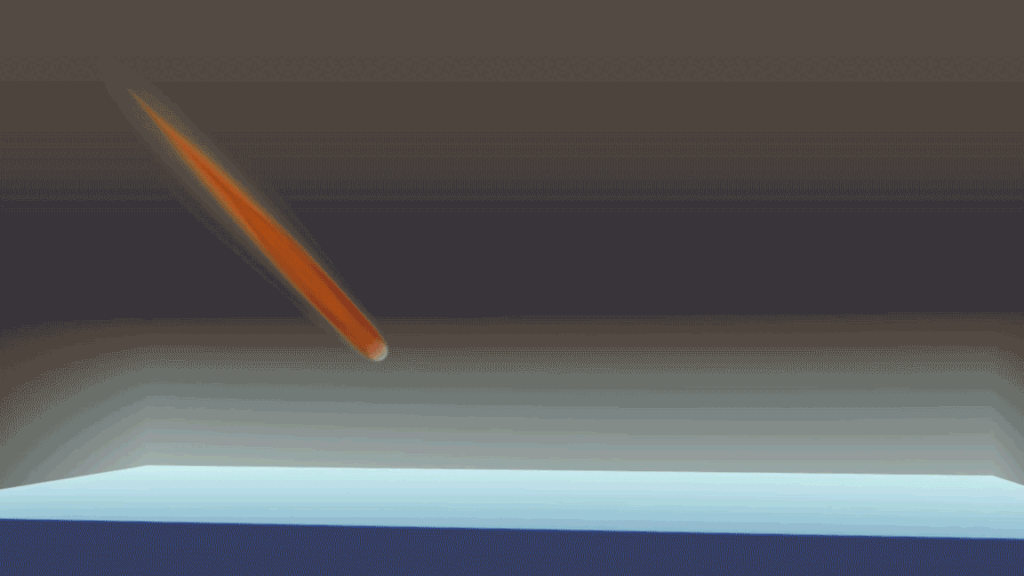
Disaster films rarely mention that an asteroid heading for Earth is most likely going to land in the ocean given that water makes up the majority of our globe. That situation still poses a threat to us helpless humans.
A computer model was developed by researchers from the Los Alamos National Laboratory to examine what occurs when an asteroid impacts the ocean. At Supercomputing 2016, their movie showcasing their study won the Best Scientific Visualization & Data Analytics Showcase prize.
Apart from the catastrophic destruction, it looks awesome.
The researchers examined how precisely these shockwaves behave and how they alter when you play around with different space rock sizes, trajectories, or whether it detonated in an airburst using advanced computer models.

They predict that an asteroid strike within 10 to 20 kilometers (6.2 to 12.4 miles) of a populated shoreline might be really terrible news, causing hurricane-force air shockwaves and a surge of water that would result in a wave similar to a tsunami.
You could still be in a bad situation even if you don’t live near the coast. A 250 meter (820 foot) asteroid is thought to be capable of evaporating 250 metric megatons of water. Given that water vapor is a greenhouse gas, pumping all that vapor into the stratosphere might also have an impact on global temperature.
Gulp. It makes sense that humanity is not prepared for an asteroid attack, as stated in this week’s American Geophysical Union fall meeting announcement. Please, can we get started?

Leave a Reply